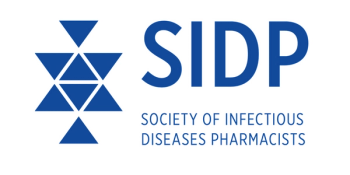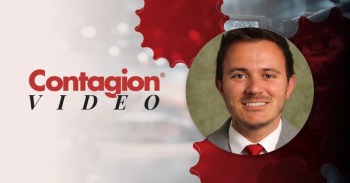
Yellow Fever Vaccination Campaigns May Be Key to Eliminating Epidemics Worldwide
Massive vaccination campaigns launched in Brazil and Nigeria strive to quell ongoing outbreaks.
Yellow fever continues to make headlines as a massive outbreak in Brazil rages on. Last month, the number of confirmed cases of the disease tripled in number, and Brazil set out to launch the “
As of January 23, 2018, Brazil’s Ministry of Health has reported 130 confirmed cases of yellow fever since July 1, 2017; 53 of these individuals have died.
The
Since September 2017, national authorities have been focusing their efforts on intensifying vaccination activities. On January 25, 2018, Brazil launched a mass immunization campaign set to deliver fractional doses of the yellow fever vaccine to those living in 69 municipalities throughout the states of Rio de Janeiro and São Paulo.
“Fractional dosing, also known as dose-sparing, is a way to extend vaccine supplies, protecting more people and reducing the possibility of disease spread,” according to a recent press release on the campaign.
Although this may be the largest vaccination effort that will use fractional dosing of the vaccine to date, it is not the first time that
This same approach is being taken in Brazil’s vaccination strategy. According to the World Health Organization (WHO) and the Pan American Health Organization of the WHO, one-fifth of a regular dose still provides individuals with immunity against the virus for at least 1 year, and likely, even longer. Fractional doses of the yellow fever vaccine are not recommended long-term or as a replacement for routine immunization practices. Children between the ages of 9 months and 2 years as well as individuals with medical conditions will continue to receive the standard dose of the vaccine in Brazil’s campaign.
Supported by WHO and PAHO, Brazilian officials said their goal was to vaccinate about 22.3 million individuals—10.3 million from São Paulo and about 10 million from Rio de Janeiro. This week, the state of Bahia is expected to begin vaccination efforts that aim to inoculate about 3.3 million individuals as well.
According to a report from mainstream media source ABC News, however, the campaign, which started 3 weeks ago, has reached
At the same time, a yellow fever outbreak in Nigeria also has officials scrambling. As of the last
The WHO has helped the Government of Nigeria with the launch of a mass vaccination campaign which aims to cover a total of 25 million individuals "in the largest yellow fever vaccination drive in the country's history," according to the
Launched on January 25, 2017, the campaign is part of a larger plan dedicated to
“The goal of the Yellow Fever Preventive Mass Vaccination Campaign is to reduce yellow fever transmission by achieving 90% coverage in implementing States and Local Government Areas in line with the strategy for the Elimination of Yellow Fever Epidemics by 2026,” Dr. Faisal Shuaib, executive director of National Primary Healthcare Development Agency, said in the press release.
Vaccination is the strongest way to prevent disease transmission. With officials channeling their efforts into meeting vaccine demands and launching massive campaigns in countries that need them most, the hope to eliminate yellow fever epidemics by 2026 may start to become less of a dream and more of a reality.
Newsletter
Stay ahead of emerging infectious disease threats with expert insights and breaking research. Subscribe now to get updates delivered straight to your inbox.






























































































































































































































































































